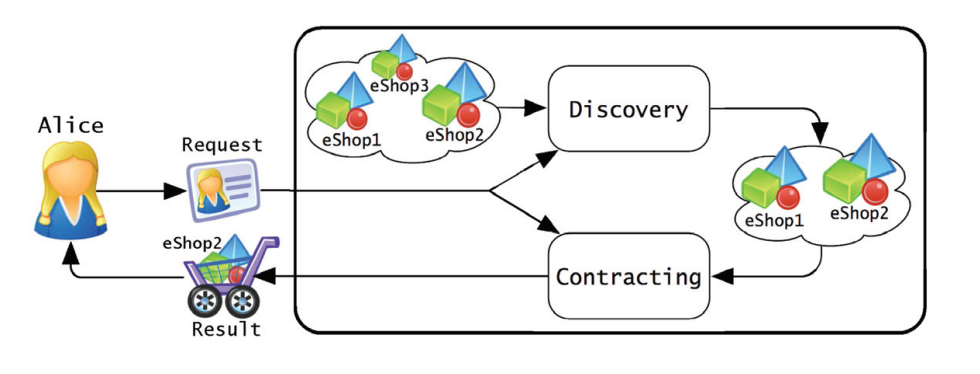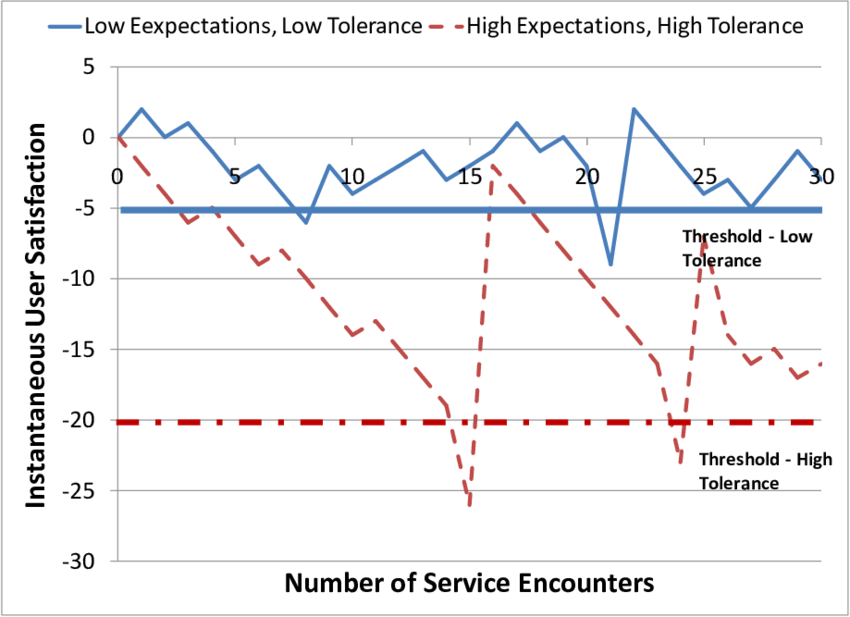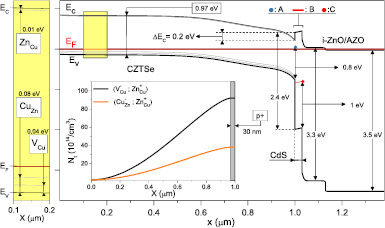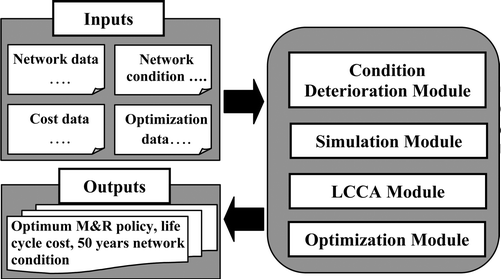Breadcrumb

Knowledge management in contract administration: An ontological engineering approach
Knowledge has been identified to be a significant organizational resource, which if used effectively can provide competitive advantage. Construction contract administration is a complex, knowledge-intensive process that if properly managed can mitigate the contractor's risk exposure. Challenges in proper knowledge management of contract administration are due to: 1) Large amount of fragmented information that is required to manage a construction contract, 2) Information located in heterogeneous sources (Request For Information (RFIs), site notices, schedules, contracts, etc...), 3) Information

Modeling user behavior and infrastructure level of service: An agent-based simulation approach
Traditional modeling frameworks used for infrastructure asset management have suffered from two main shortcomings. Most approaches have focused their modeling efforts on the infrastructure asset itself, thereby ignoring the multitude of interactions that occur between other entities. In addition, an a-priori behavior of all elements in the modeling environment has always been assumed. This paper argues that these shortcomings have significantly limited the decision-making capabilities of infrastructure asset management systems by limiting their ability to simulate emergent behavior that is
Predicting telecommunication tower costs using fuzzy subtractive clustering
This paper presents a fuzzy subtractive modelling technique to predict the weight of telecommunication towers which is used to estimate their respective costs. This is implemented through the utilization of data from previously installed telecommunication towers considering four input parameters: a) tower height; b) allowed tilt or deflection; c) antenna subjected area loading; and d) wind load. Telecommunication towers are classified according to designated code (TIA-222-F and TIA-222-G standards) and structures type (Self-Supporting Tower (SST) and Roof Top (RT)). As such, four fuzzy

Effect of solar canals on evaporation, water quality, and power production: An optimization study
Both energy and availability of water with good quality are essential for the well-being of humans. Thus, it is very important to study the parameters that would affect water quality, so as to come up with mitigation measures if water quality would be at risk or negatively affected. Moreover, it is very important to always search for new energy resources, especially if they are renewable. This research study is concerned with studying solar canals and their effect on evaporation and water quality variables of canals covered by solar cells, as well as the effect on power production. Both a

Modelling of Cu2ZnSnSe4-CdS-ZnO thin film solar cell
We present a device model for the Cu2ZnSnSe4-CdS-ZnO solar cell with a total area efficiency of 9.7% reported in 2013 (Brammertz et al 2013 Appl. Phys. Lett. 103 163904). The simulations were performed using SCAPS program. In the device model, we reproduce rigorously the full range of layers and device properties estimated experientially using various characterization techniques. We include in the device model barriers at the back contact and the absorber/buffer interfaces, the photo-doped CdS buffer layer and defect states at the CdS/ZnO interface. A perfect match with the electrical
Frequency survey simulation for developing novel radio frequency energy harvesting model
Renewable Energy sources are the center of attraction for research and development all over the world nowadays, the demand of a lasting cheap source of energy that is environmental friendly, is the main challenge recently. Energy Harvesting is a new technology that is going to make a revolution in the coming decade. Energy Harvesting is a technique to provide alternative sources of energy that are environmental friendly and low in cost. Radio Frequency Energy Harvesting is one of the methods to provide electrical energy from the ambient Radio Frequency waves that already exists in the
Comparison and analysis of water main performance models
Evaluating the condition state of infrastructure assets is one of the most integral pieces of information to the asset manager. Water infrastructure poses specific challenges compared to sewer infrastructure where techniques like CCTV are now being consistently used to assess condition. The number of water main breaks is commonly used as a proxy for water main condition. Statistical water main performance models rely on using past breakage patterns and rates to predict future performance of the water main network. Performance models can be broadly classified into two groups. Rate-of-failure
Characterization of defects in 9.7% efficient Cu2ZnSnSe 4-CdS-ZnO solar cells
We have fabricated Cu2ZnSnSe4-CdS-ZnO solar cells with a total area efficiency of 9.7%. The absorber layer was fabricated by selenization of sputtered Cu10Sn90, Zn, and Cu multilayers. A large ideality factor of the order of 3 is observed in both illuminated and dark IV-curves, which seems to point in the direction of complex recombination mechanisms such as recombination through fluctuating potentials in the conduction and valence bands of the solar cell structure. A potential barrier of about 135 meV in the device seems to be responsible for an exponential increase of the series resistance
Comparative Studies of Using Nano Zerovalent Iron, Activated Carbon, and Green Synthesized Nano Zerovalent Iron for Textile Wastewater Color Removal Using Artificial Intelligence, Regression Analysis, Adsorption Isotherm, and Kinetic Studies
Daily, a big extent of colored, partially treated textile effluents drained into the sanitation systems causing serious environmental concerns. Therefore, the decolorization treatment process of wastewater is crucial to improve effluent quality. In the present study, 3 different sorbent materials, nano zerovalent iron (nZVI), activated carbon (AC), and green-synthesized nano zerovalent iron (GT-nZVI), have been prepared for raw textile wastewater decolourization. The prepared nanomaterials were characterized via X-ray diffraction (XRD) spectroscopy, scanning electron microscopy (SEM), energy

Multiobjective optimisation algorithm for sewer network rehabilitation
Understanding of deterioration mechanisms in sewers helps asset managers in developing prediction models for estimating whether or not sewer collapse is likely. Effective utilisation of deterioration prediction models along with the development and use of life cycle maintenance cost analysis contribute to reducing operation and maintenance costs in sewer systems. This article presents a model for life-cycle maintenance planning of deteriorating sewer network as a multi-objective optimisation problem that treats the sewer network condition and service life as well as life-cycle maintenance cost
Pagination
- Previous page ‹‹
- Page 4
- Next page ››
